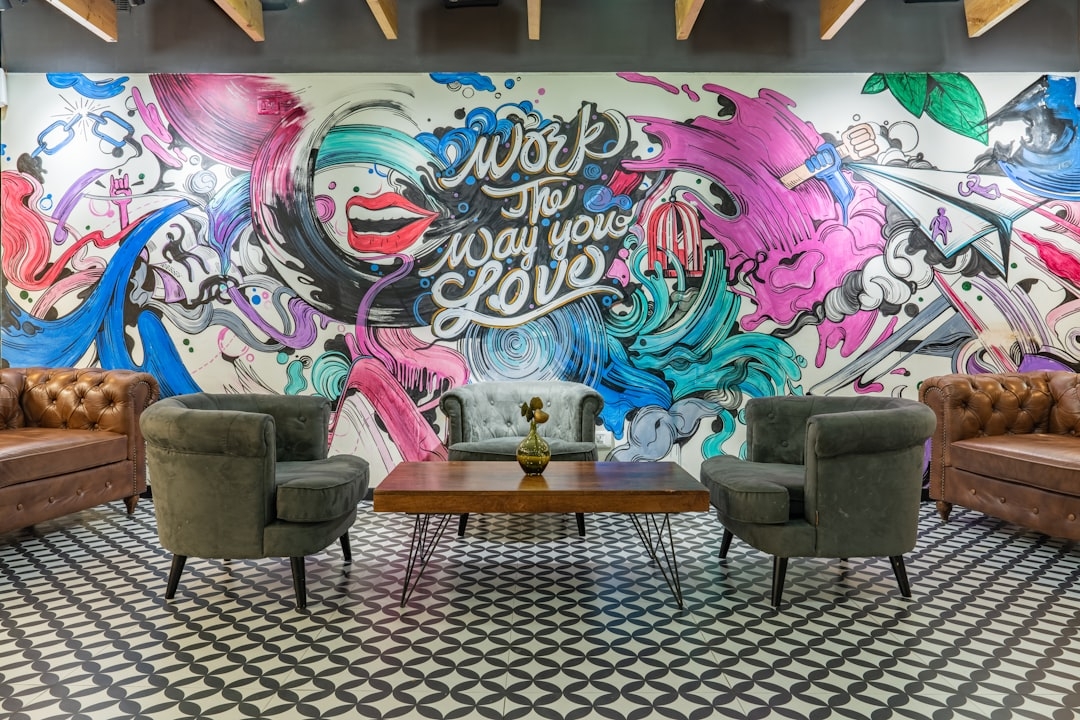

The importance of well-designed hotel interiors cannot be overstated when it comes to creating a memorable and enjoyable experience for guests. Hotel fitouts play a crucial role in shaping the overall ambiance and aesthetic appeal of a hotel, setting the tone for the entire guest experience.
When guests enter a hotel, they are immediately greeted by the interior design of the lobby and common areas. A well-designed space can create a sense of luxury, comfort, and sophistication, making guests feel welcome and at ease. On the other hand, poorly designed interiors can leave guests feeling underwhelmed or even uncomfortable, impacting their overall impression of the hotel.
Well-thought-out hotel interiors also play a key role in enhancing functionality and efficiency. From the layout of guest rooms to the design of communal spaces, every aspect of the interior design should be carefully considered to ensure that guests have everything they need for a comfortable stay. This includes factors such as lighting, furniture placement, color schemes, and overall flow of space.
In addition to improving guest satisfaction, well-designed hotel interiors can also have a positive impact on revenue generation. A visually appealing hotel is more likely to attract new customers and encourage repeat business, ultimately leading to increased profitability. Furthermore, investing in high-quality interior design can help hotels differentiate themselves from competitors and position themselves as premium destinations in the market.
Overall, hotel fitouts are an essential component of creating a successful hospitality business. By prioritizing well-designed interiors that prioritize both aesthetics and functionality, hotels can create an inviting atmosphere that keeps guests coming back time and time again.
First, the process of designing and implementing hotel fitouts begins with thorough planning and consultation. This stage involves understanding the client's vision, budget constraints, and timeline requirements. Designers work closely with architects, interior designers, and other stakeholders to create a cohesive plan that meets the needs of both guests and staff.
Next, the design phase involves creating detailed floor plans, 3D renderings, and material specifications. Designers select furniture, fixtures, lighting, colors, and finishes that align with the overall aesthetic of the hotel. They also consider factors such as durability, maintenance requirements, sustainability, and compliance with building codes.
During the implementation phase, project managers oversee construction activities to ensure that the design intent is faithfully executed. This stage involves coordinating various trades such as carpenters, electricians, plumbers, painters, and upholsterers. Project managers are responsible for scheduling work crews, managing budgets, resolving conflicts on-site.
Finally,the completion phase involves final inspections to ensure that all work meets quality standards. Furniture is installed according to the approved layout plans and any necessary touch-ups are completed. Once everything is in place and functioning properly , a final walk-through is conducted with the client to address any remaining concerns before handing over the finished hotel fitout for operation.
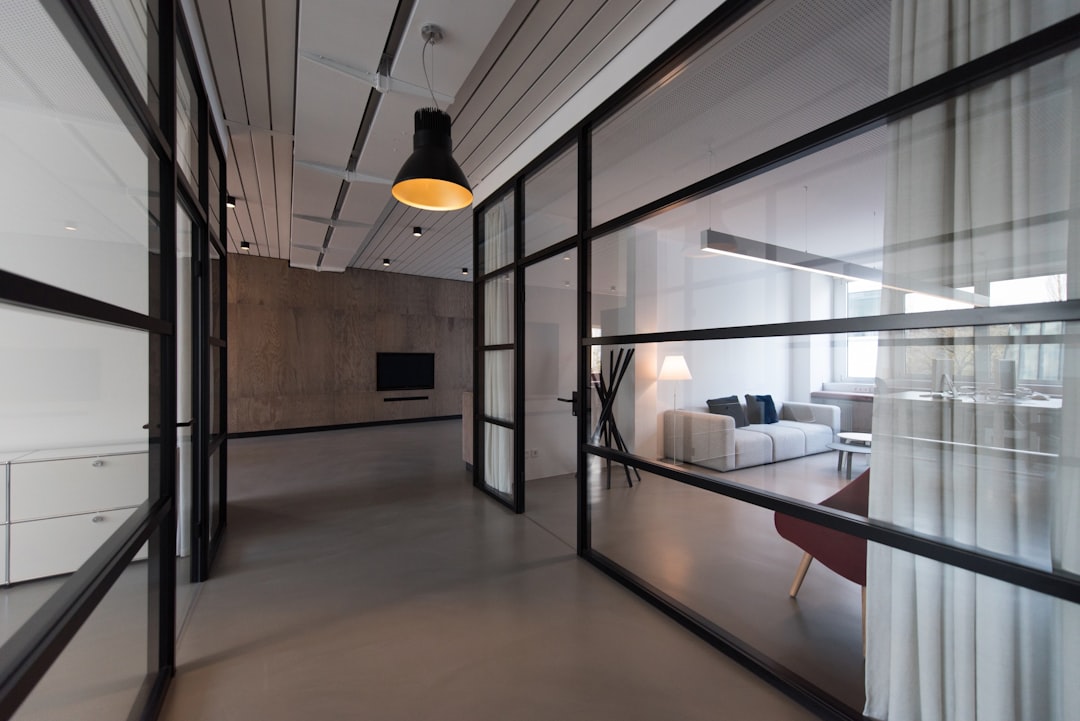
Are you tired of walking into the same old commercial office day after day?. Do you feel like your workspace is lacking personality and style?
Posted by on 2024-10-16
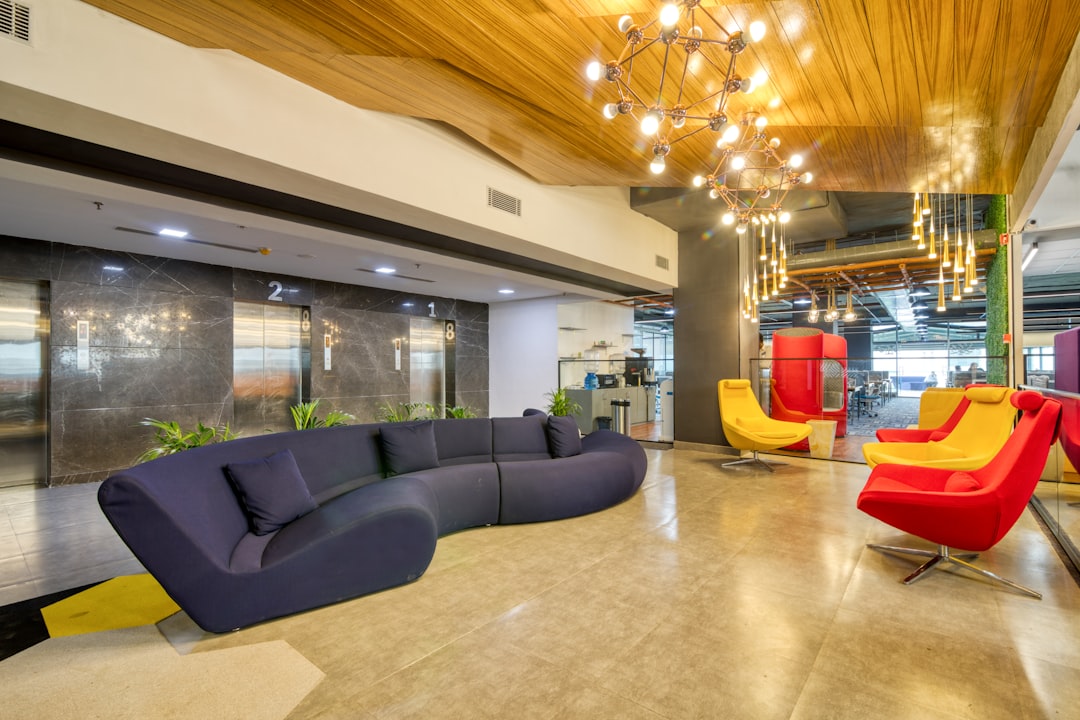
When planning a commercial office fitout, there are several important factors that need to be carefully considered in order to create a functional and aesthetically pleasing workspace. One of the first things that should be taken into account is the layout of the office space.. It is essential to think about how different areas within the office will be used and how they can best be arranged to optimize productivity and efficiency.
Posted by on 2024-10-16
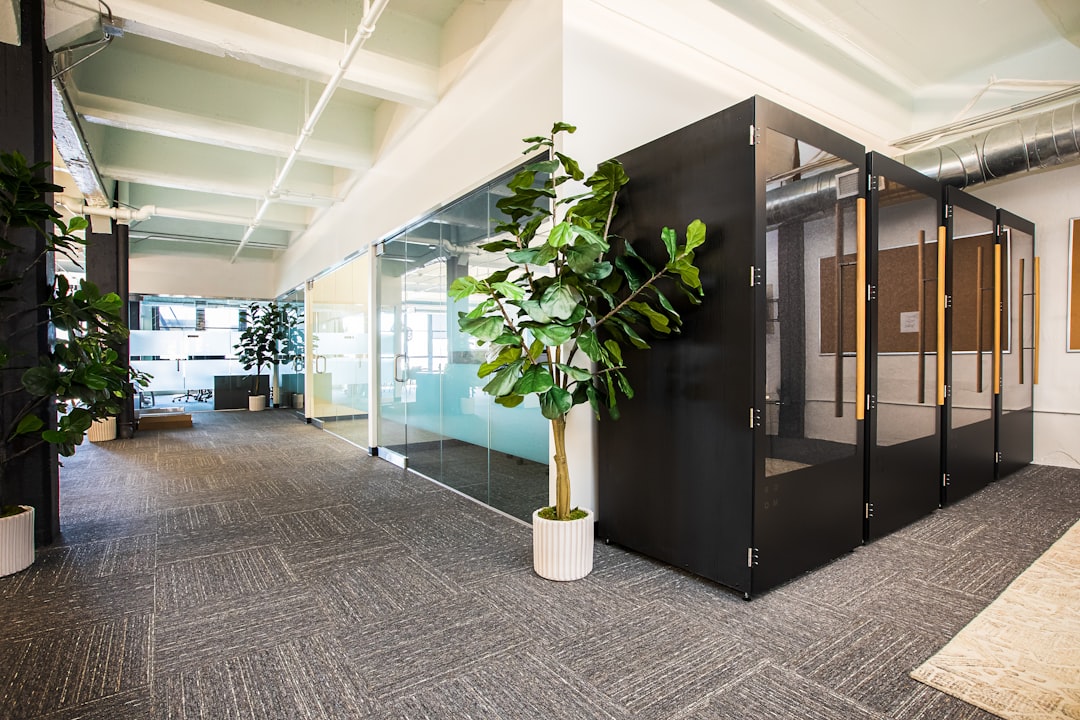
Commercial office fitouts are a crucial aspect of creating a functional and aesthetically pleasing workspace.. The primary purpose of commercial office fitouts is to optimize the use of space within an office environment, ensuring that every inch is utilized effectively to meet the needs of employees and clients. By carefully planning and designing the layout of an office space, commercial office fitouts can improve productivity and efficiency among employees.
Posted by on 2024-10-16
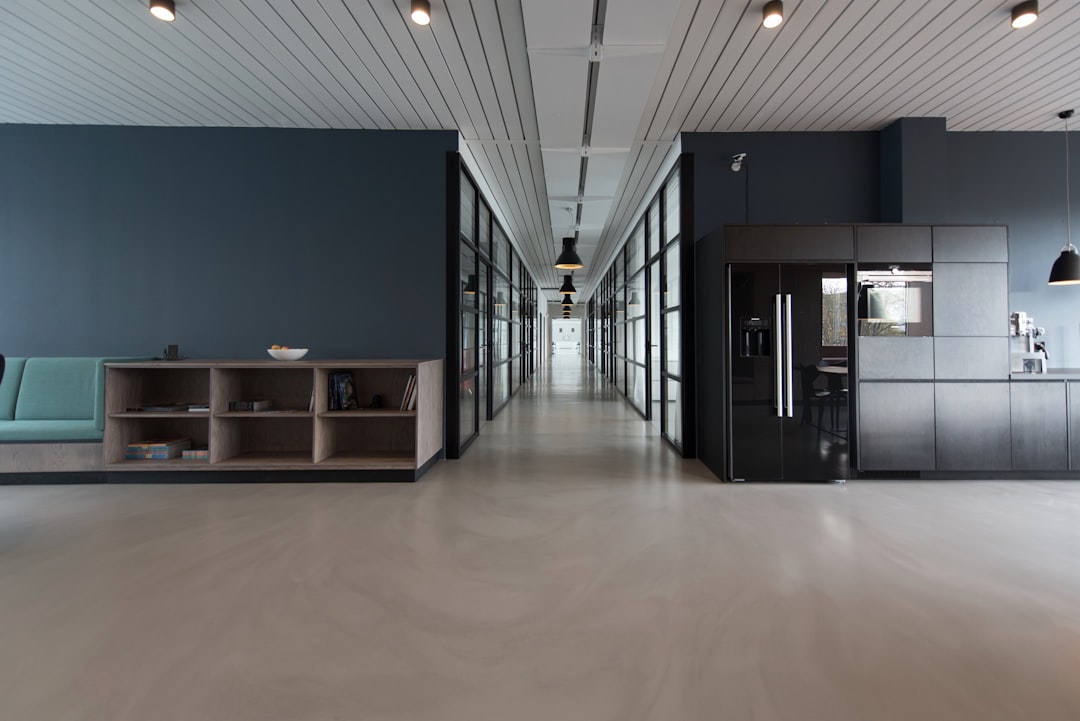
Creating a productive workspace is essential for any professional looking to maximize their efficiency and creativity.. One way to achieve this is through professional office fitouts, which can help optimize your workspace and promote a more conducive environment for work. When it comes to designing your office space, there are many factors to consider.
Posted by on 2024-10-16
One of the key considerations for sustainable and eco-friendly hotel fitouts is the choice of materials. Using environmentally friendly materials such as recycled timber, bamboo, cork, or reclaimed metal can significantly reduce the carbon footprint of the fitout.
Another important consideration is energy efficiency. Installing energy-efficient lighting fixtures, heating and cooling systems, and appliances can help reduce energy consumption and lower utility costs in the long run. Utilizing natural light through large windows or skylights can also minimize the need for artificial lighting during the day.
When designing a sustainable hotel fitout, it is crucial to prioritize water conservation. Implementing low-flow faucets, toilets, and showerheads can greatly reduce water usage without sacrificing guest comfort. Additionally, incorporating greywater recycling systems or rainwater harvesting techniques can further decrease water waste.
Incorporating green spaces into the hotel design is another essential consideration for sustainable fitouts. Rooftop gardens, vertical plant walls, or indoor greenery not only improve air quality but also contribute to a sense of well-being among guests. These green elements can also serve as natural insulation, reducing the need for excessive heating or cooling.
Lastly, choosing furniture and decor that are locally sourced or sustainably produced is key to achieving an eco-friendly hotel fitout. Supporting local artisans and manufacturers helps reduce transportation emissions associated with long-distance shipping while ensuring that products meet ethical labor standards. Opting for durable pieces made from natural materials can also prolong their lifespan and minimize waste generation in the future.

Technology integration such as smart lighting, automated temperature control systems, and digital signage can enhance the overall user experience and streamline operations.